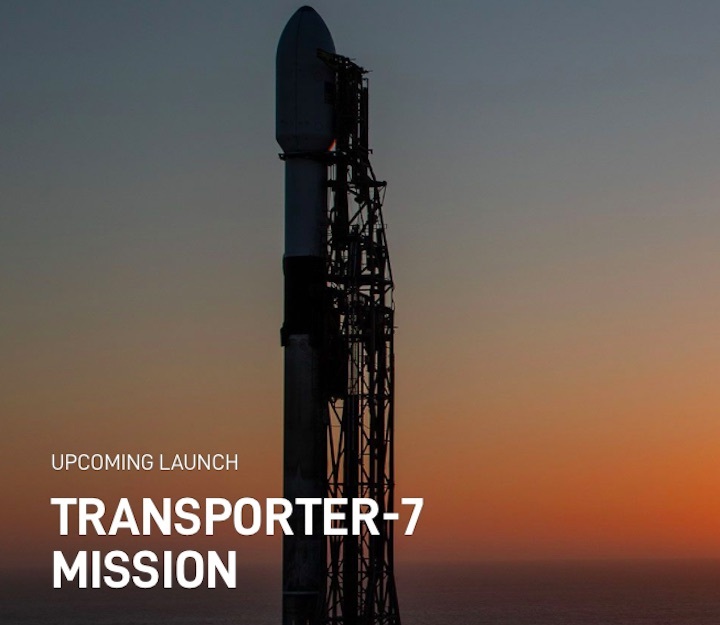The first stage booster will return to Vandenberg and may create sonic booms heard on the Central Coast.
This is SpaceX's seventh dedicated smallest rideshare Transporter mission.
The Transporter-7 mission is scheduled to lift off Friday (April 14) at 2:47 a.m. ET.
SpaceX will launch dozens of small satellites to orbit early Friday morning (April 14) and land a rocket back on Earth, and you can watch the action live.
A SpaceX Falcon 9 rocket topped with 50 satellites is scheduled to lift off from California's Vandenberg Space Force Base at 2:47 a.m. EDT Friday (0647 GMT; 11:47 p.m. on April 13 California time), kicking off the Transporter-7 rideshare mission.
You can watch it live here at Space.com, courtesy of SpaceX, or directly via the company(opens in new tab). Coverage is expected to begin about 10 minutes before launch.
The launch had been targeted for early Wednesday morning (April 12), but SpaceX announced on Tuesday (April 11) that it was pushing the try back by two days. "The additional time allows teams to complete pre-launch checkouts and for weather conditions to improve," SpaceX said via Twitter(opens in new tab).
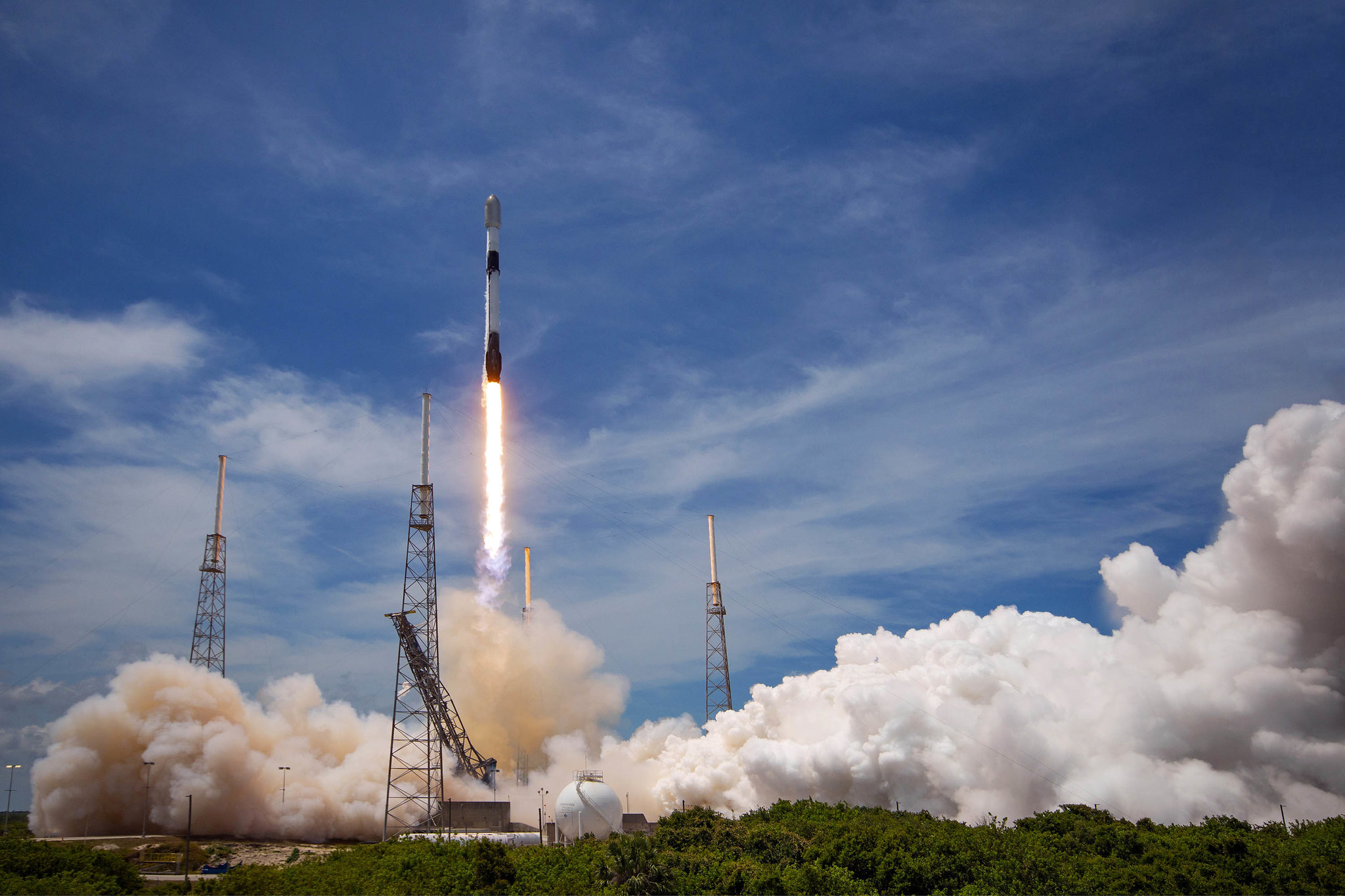
If all goes according to plan, the Falcon 9's first stage will come back to Earth for a vertical touchdown at Vandenberg a about 7.5 minutes after launch. It will be the 10th launch and landing for this particular booster, according to a SpaceX mission description(opens in new tab).
The rocket's upper stage, meanwhile, will continue carrying the 50 satellites to orbit. The payloads are scheduled to be deployed over a roughly 90-minute span, beginning about an hour after liftoff.
The payloads flying on Friday are a diverse lot, consisting of "cubesats, microsats, hosted payloads and orbital transfer vehicles carrying spacecraft to be deployed at a later time," SpaceX wrote in the mission description.
The satellites will be operated by a variety of customers. For example, three belong to Canadian company GHGSat, which detects greenhouse gas emissions from space.
As its name suggests, Transporter-7 is the seventh small-satellite rideshare mission that SpaceX has launched to date. The most recent one, Transporter-6, launched atop a Falcon 9 on Jan. 3.
Transporter-6 sent 114 satellites to orbit — quite a haul, but not a record. The mark belongs to SpaceX's Transporter-1, which launched a whopping 143 spacecraft back in January 2021.
Friday's launch will be the 24th of 2023 so far for SpaceX. Falcon 9s have flown all but one of these; the lone outlier was USSF-67, a classified mission for the U.S. Space Force launched by SpaceX's powerful Falcon Heavy rocket on Jan. 15.
We should see a lot more spaceflight action from the company in the coming weeks and months. SpaceX founder and CEO Elon Musk said last summer that the company could launch up to 100 orbital missions in 2023.
And SpaceX is currently gearing up for the first-ever orbital test flight of Starship, its next-generation spaceflight system. That landmark mission could lift off later this month, Musk said recently.
Quelle: SC
+++
Update: 8:45MESZ
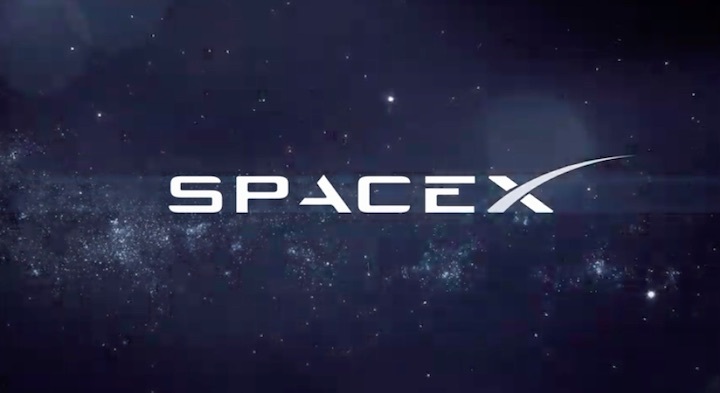
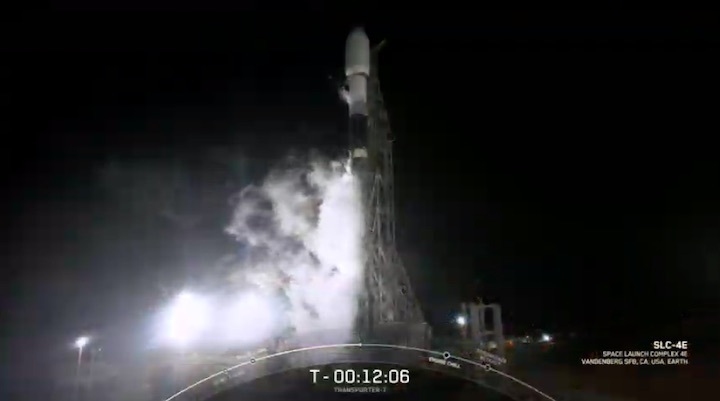
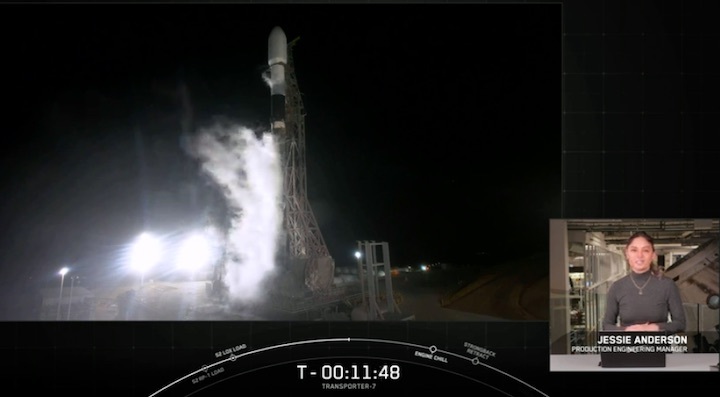
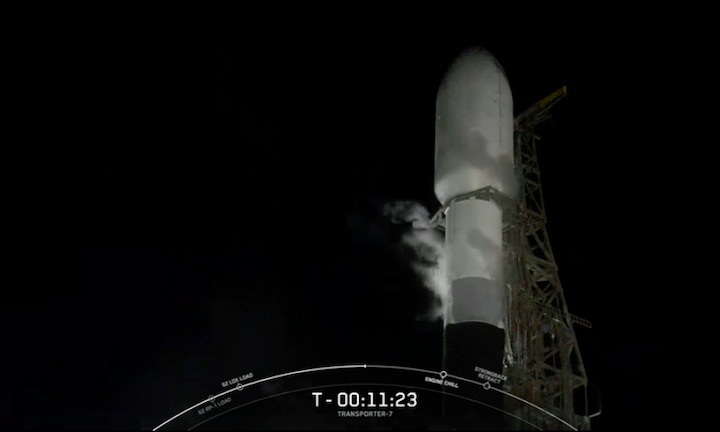
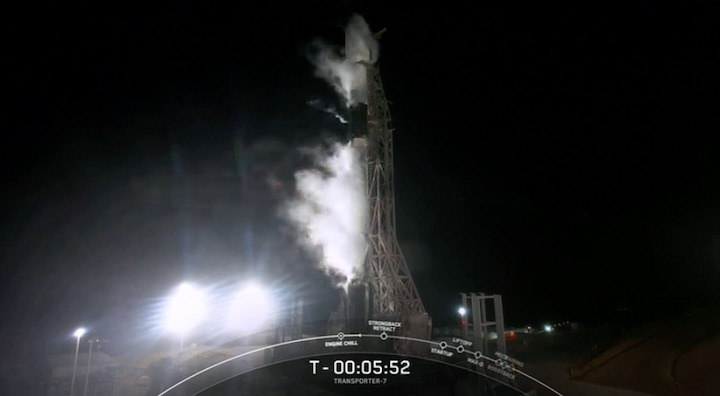
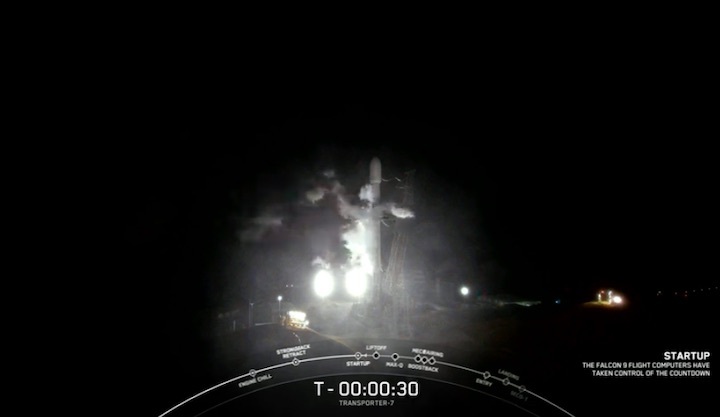
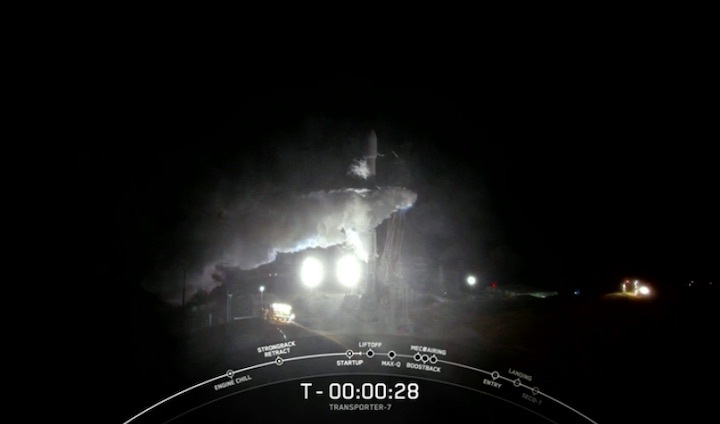
Due to unfavorable weather conditions, now targeting tomorrow, April 14 at 11:47 p.m. PT for launch of Transporter-7 from SLC-4E in California
Original (Englisch) übersetzt von
Aufgrund ungünstiger Wetterbedingungen ist jetzt der Start von Transporter-7 von SLC-4E in Kalifornien für morgen, den 14. April um 23:47 Uhr PT geplant
Quelle: SpaceX
----
Update: 15.04.2023
.
Start von Falcon 9 Transporter-7 launch
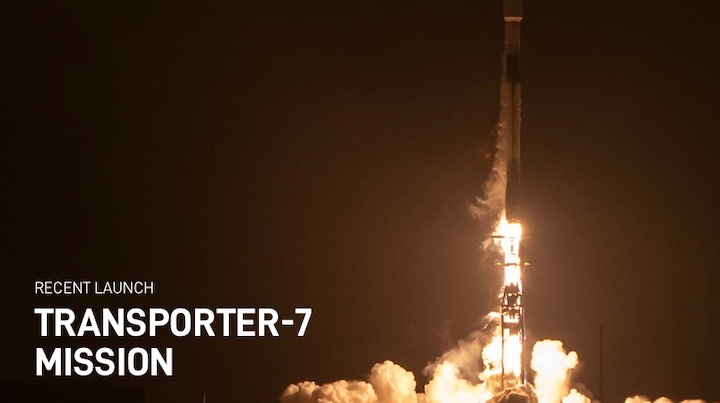
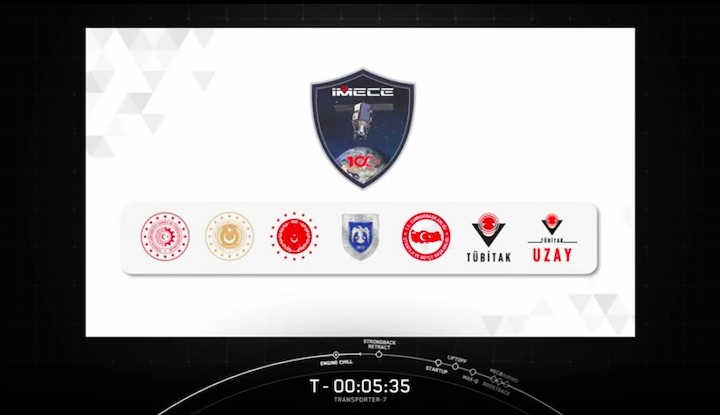
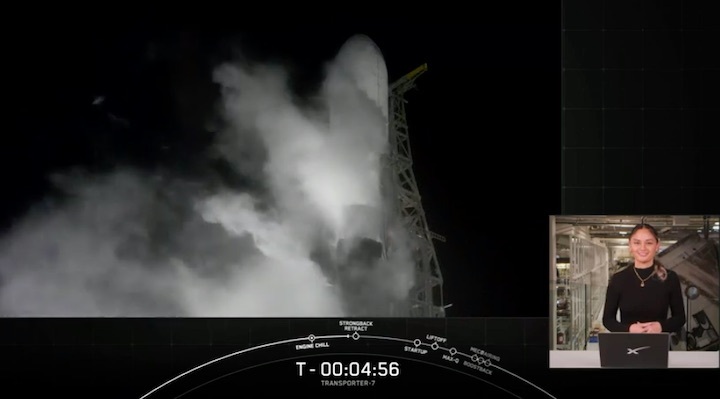
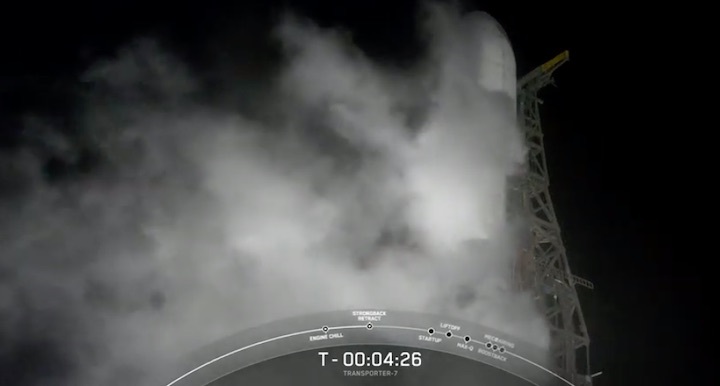
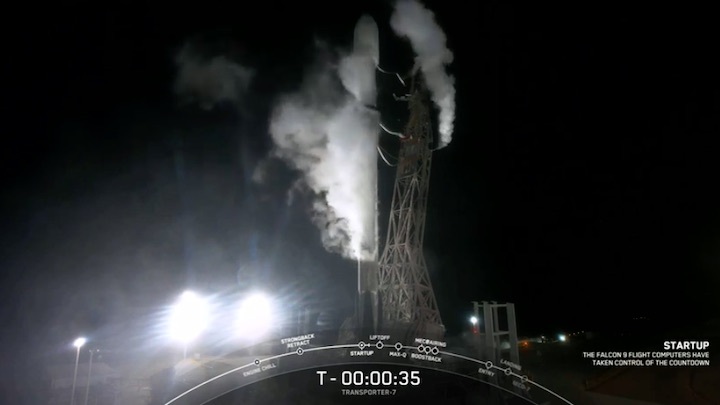
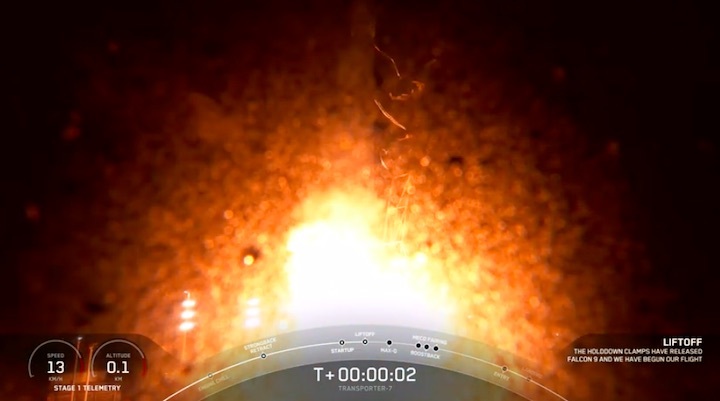
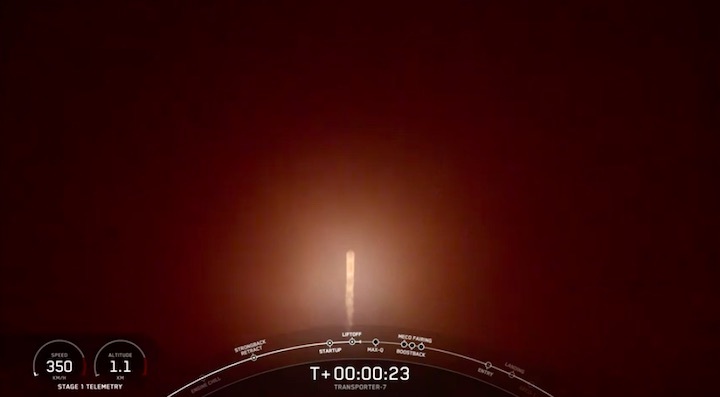
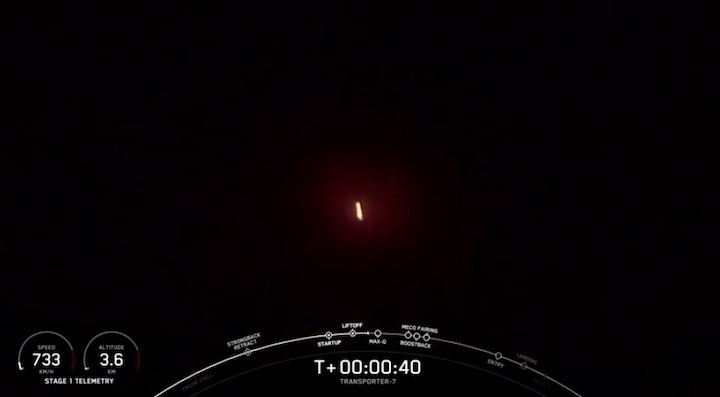
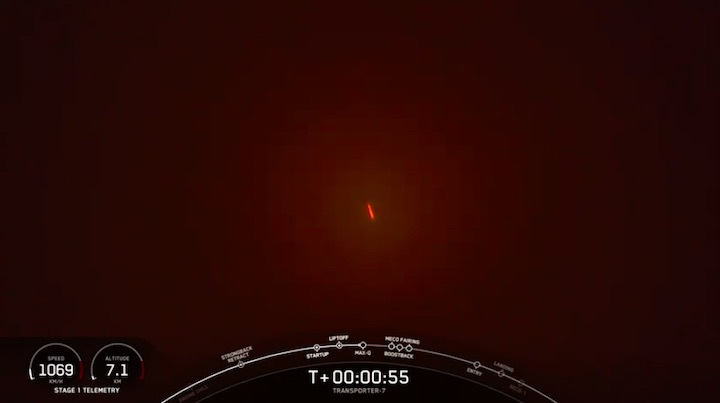
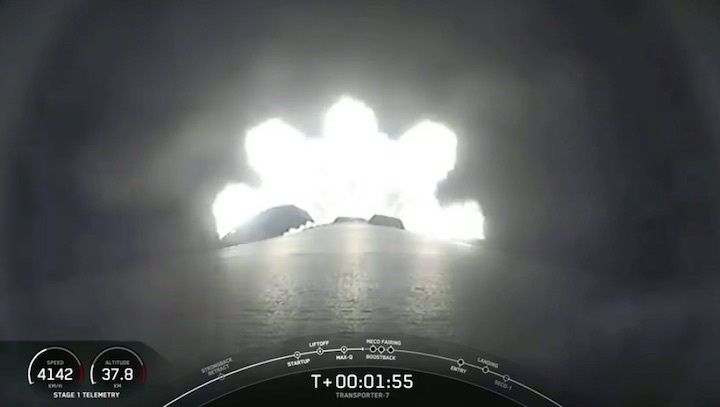
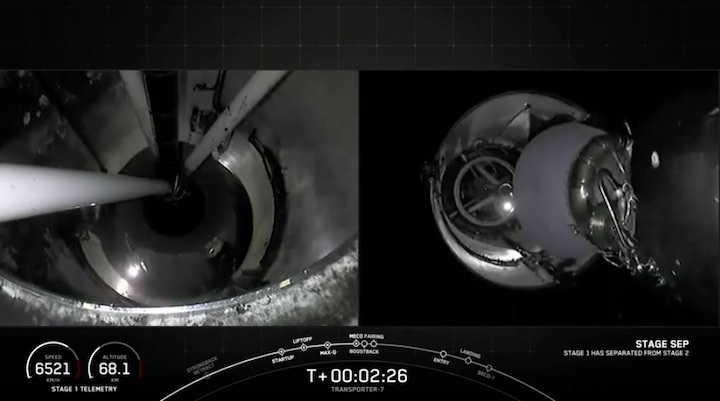
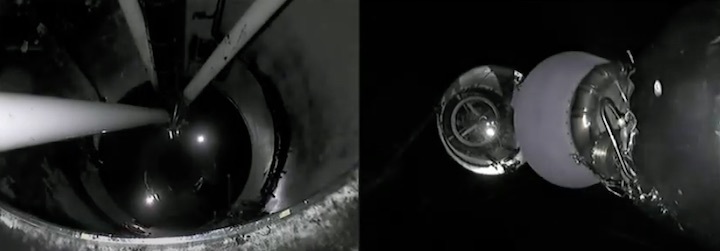
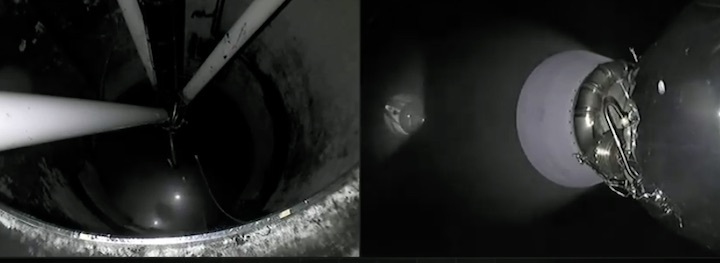
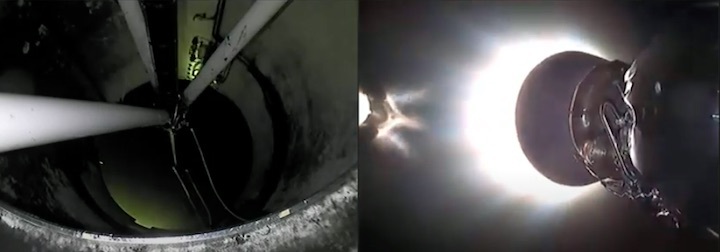

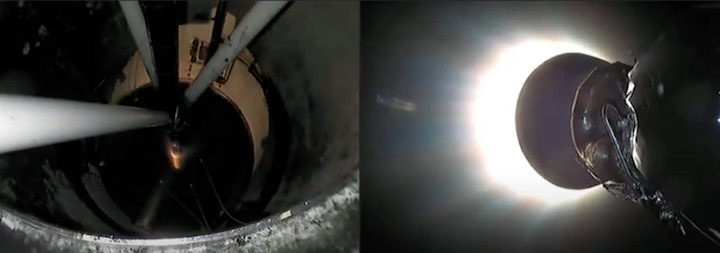

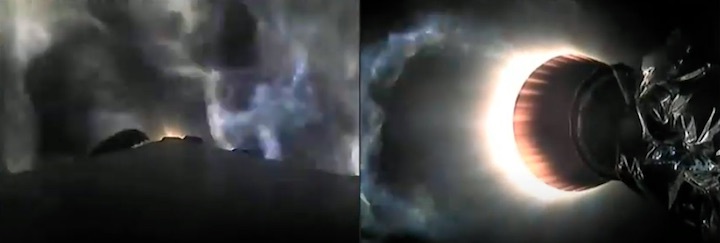
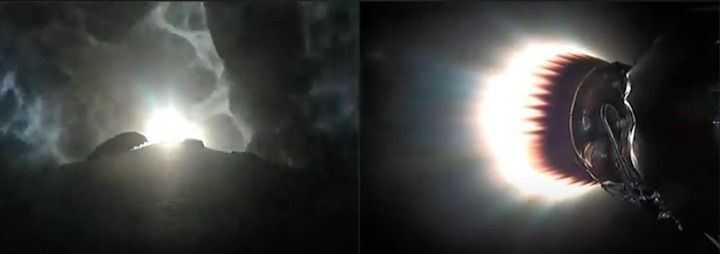
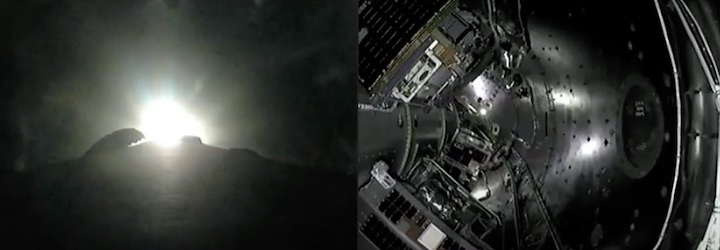
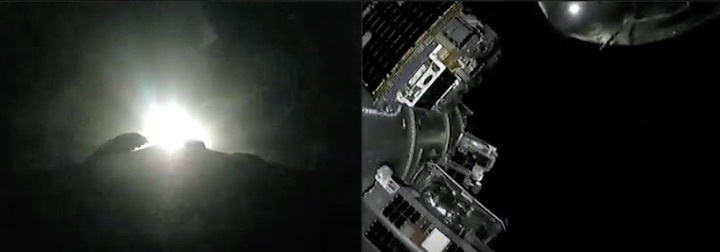
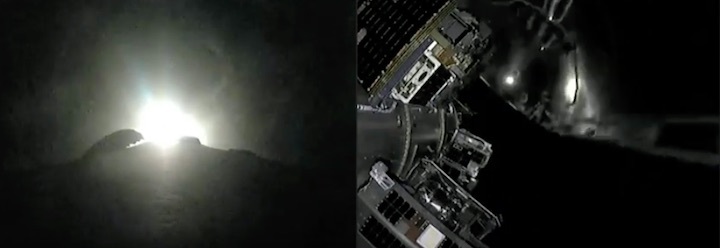
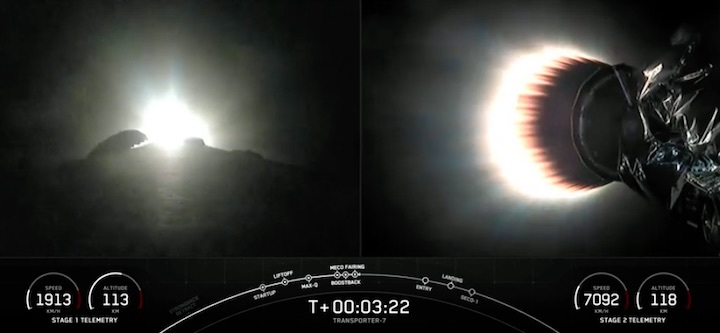
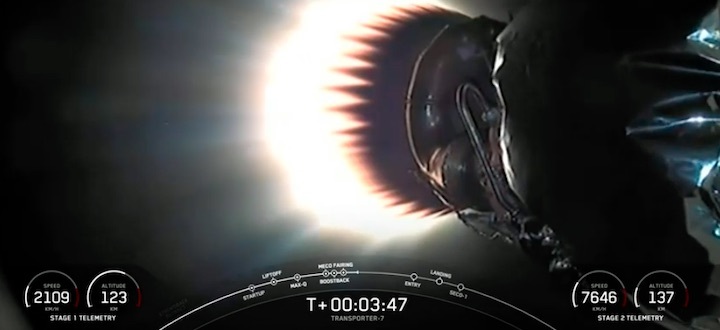
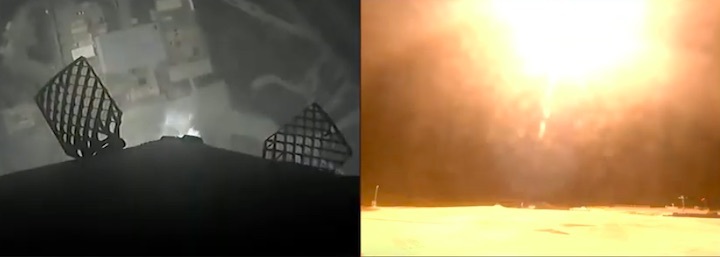
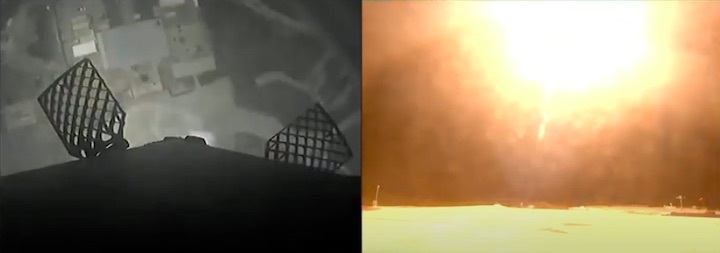

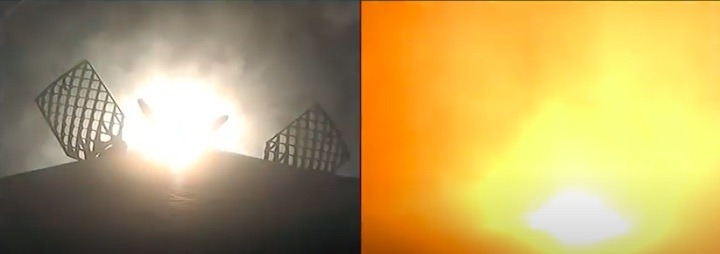
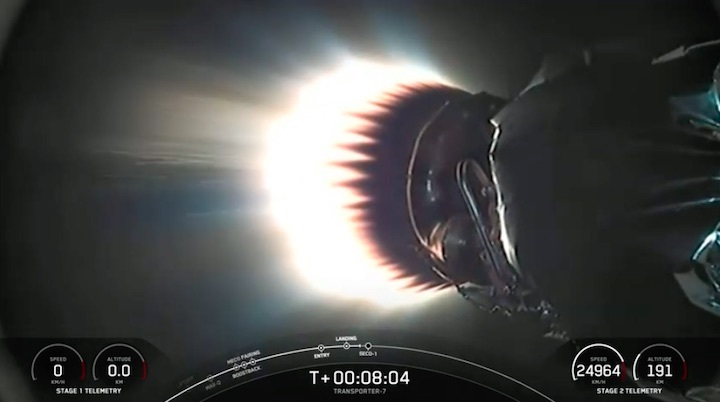
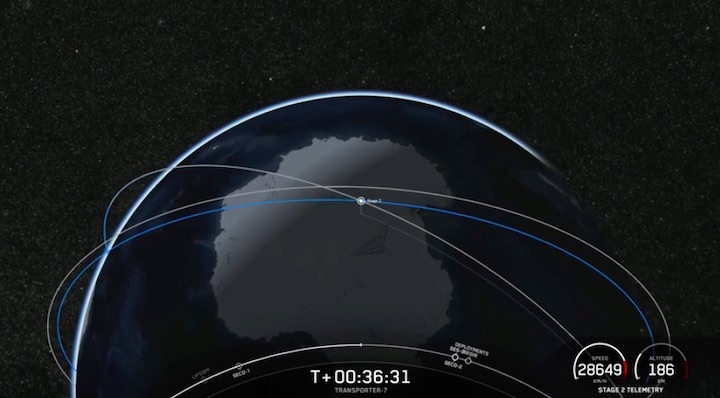
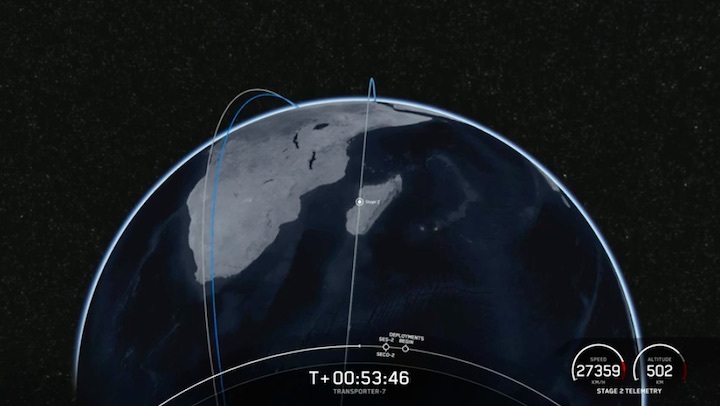
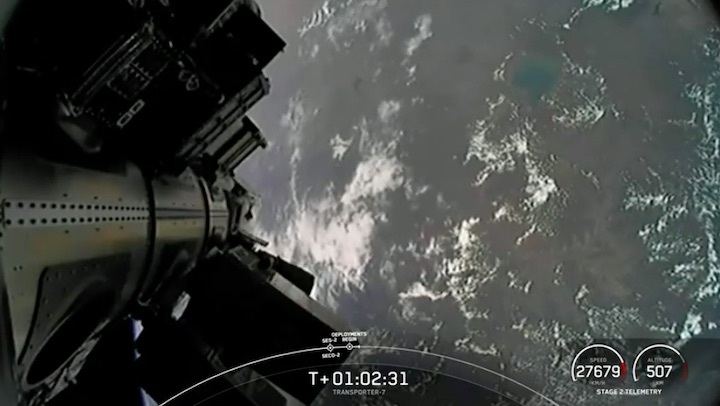
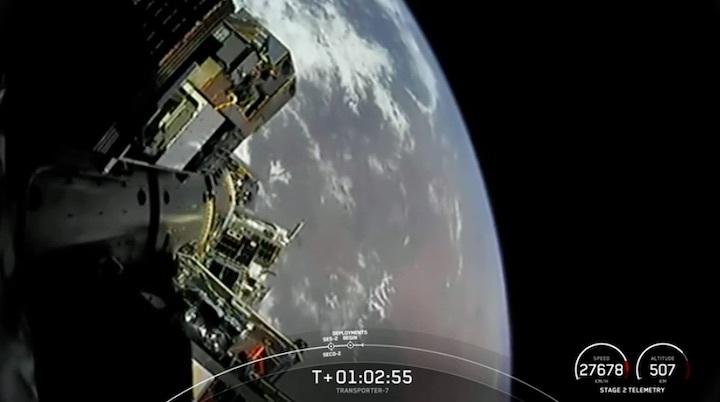
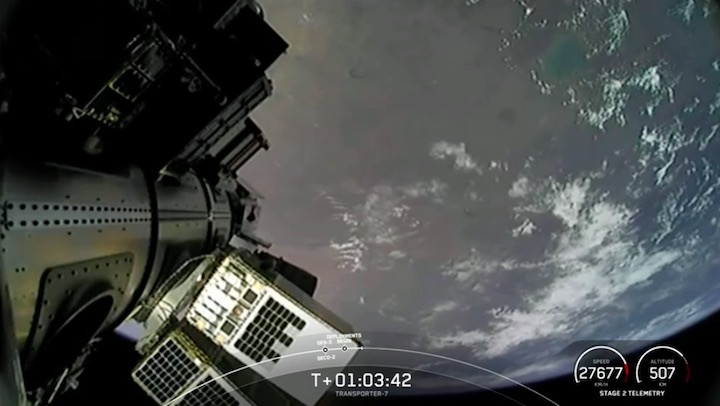
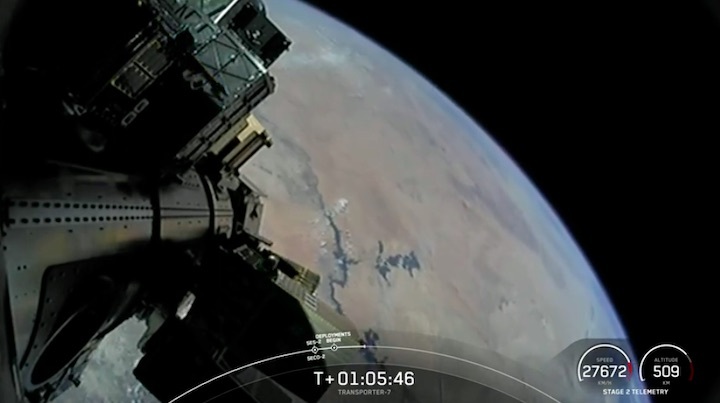
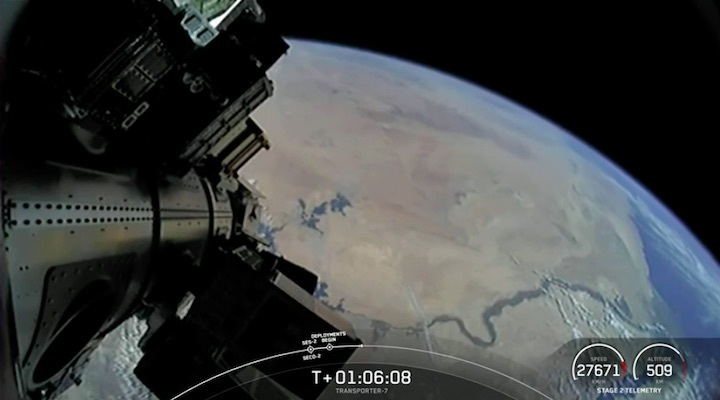
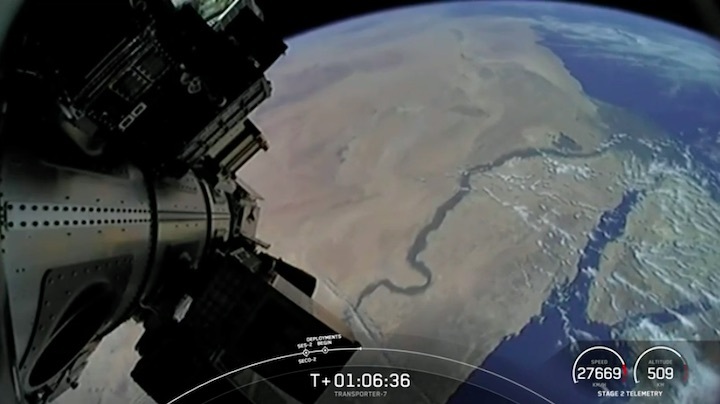
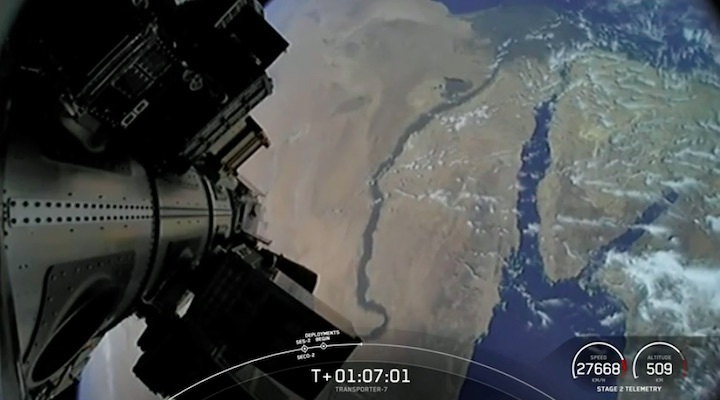
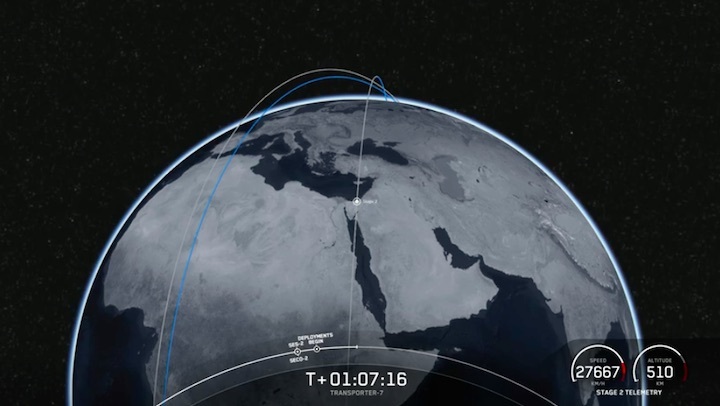
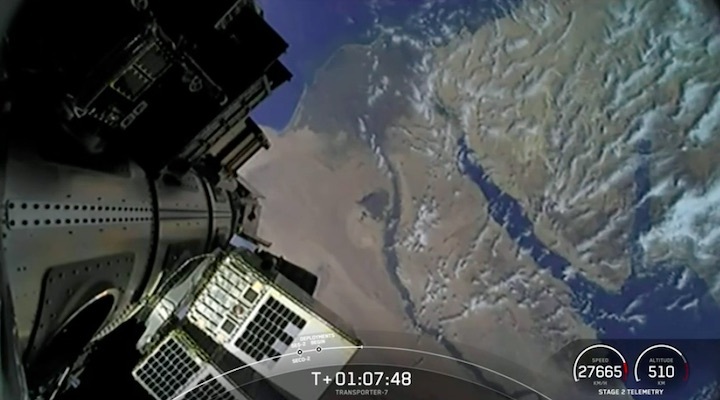

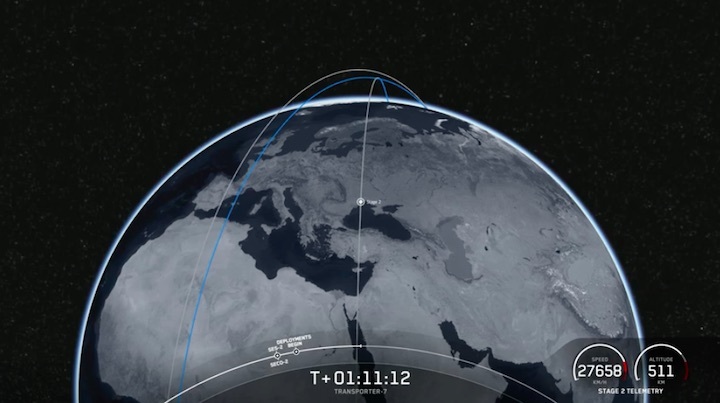
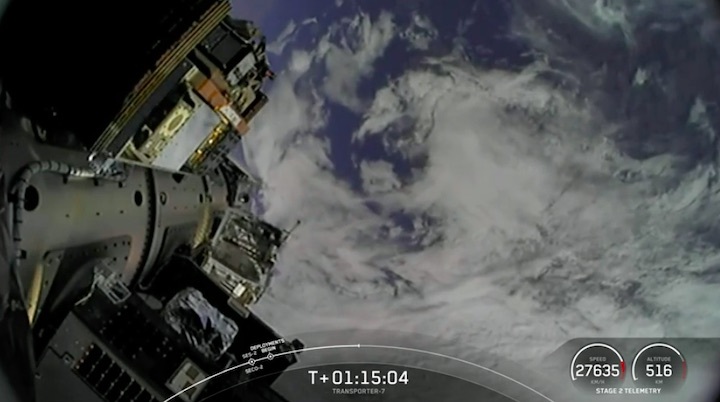
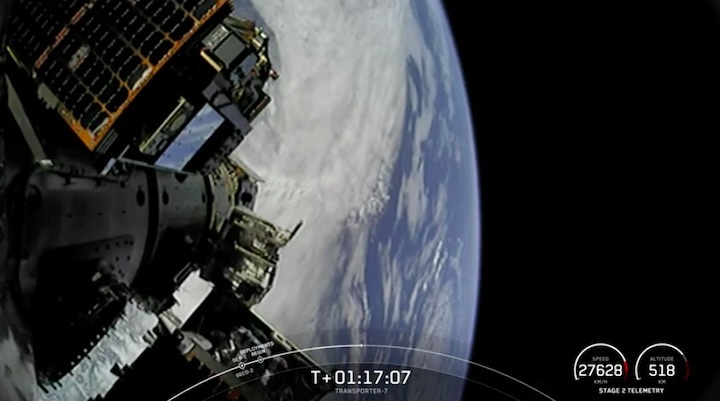
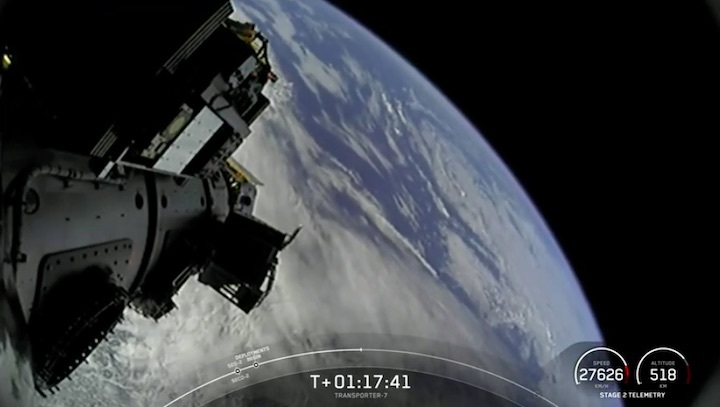


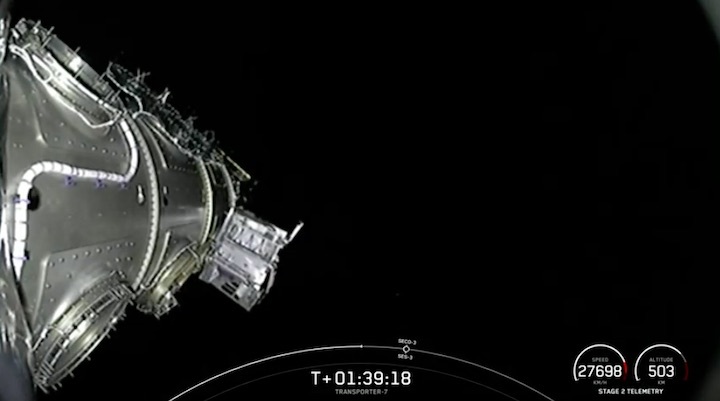
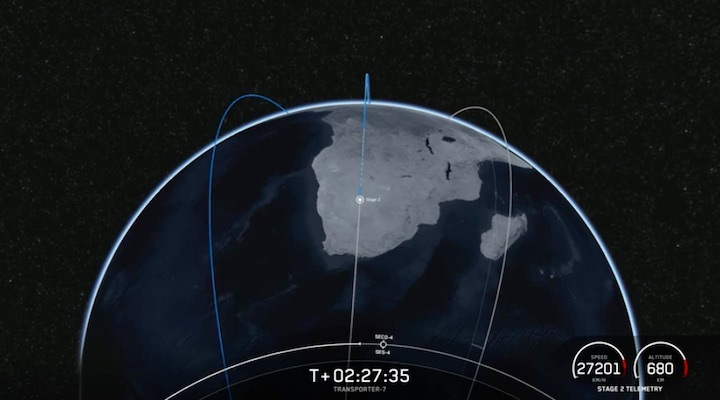
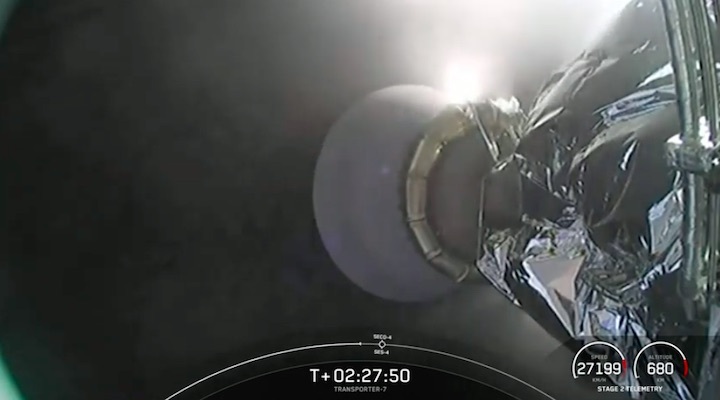
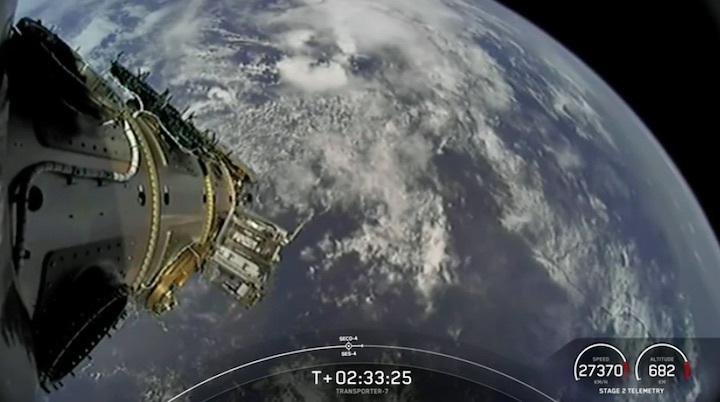
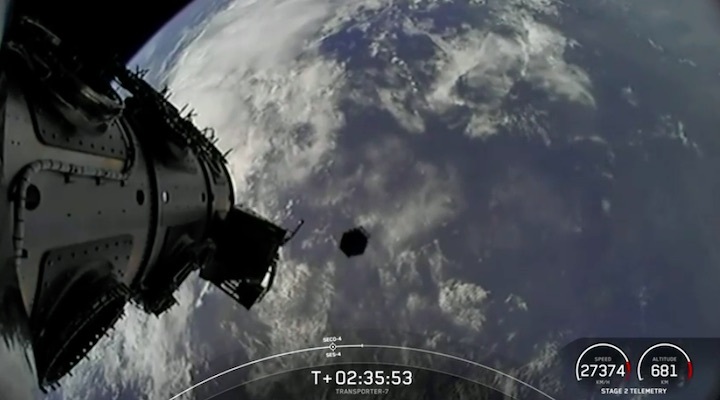
Quelle: SpaceX
